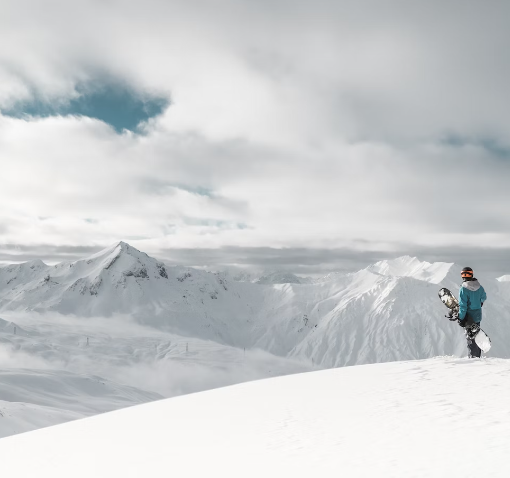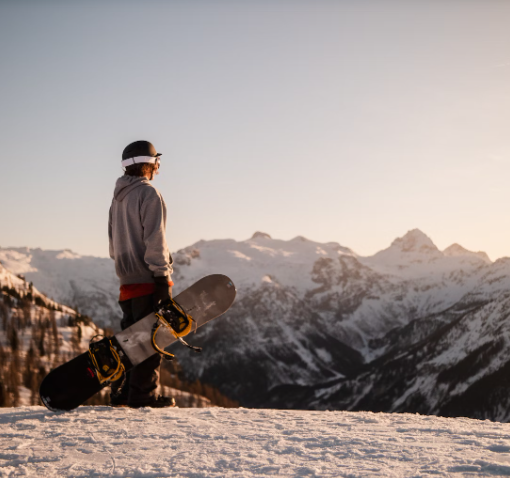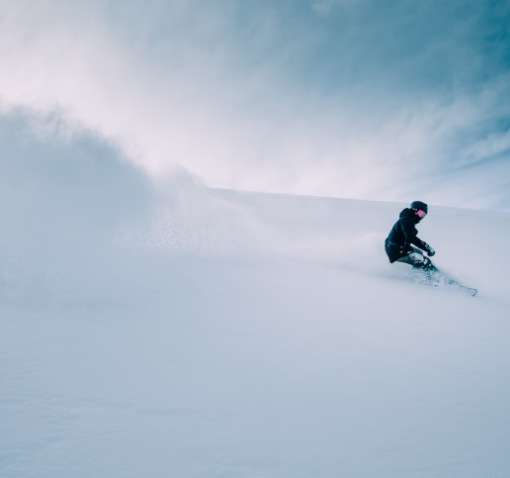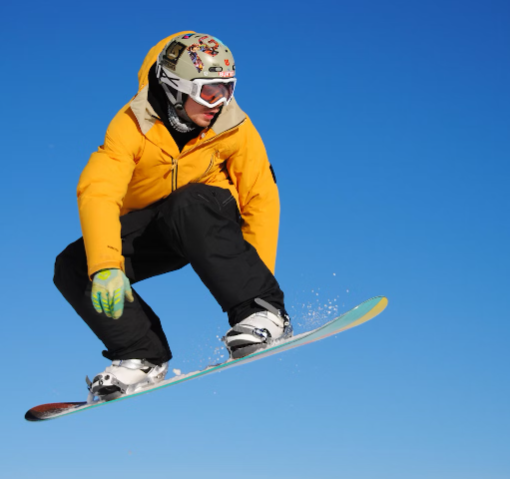
Backcountry snowboarding is a thrilling adventure that takes enthusiasts beyond the groomed trails of ski resorts and into the untouched wilderness. This form of snowboarding is characterized by its pursuit of fresh powder on ungroomed and unmarked slopes, often in remote areas. While it offers an unparalleled experience, it also comes with its own set of challenges and risks.
The Essence of Backcountry Snowboarding
Backcountry snowboarding is not just about the ride; it’s about the journey. It involves navigating sparsely populated rural regions, often amongst trees in what’s known as “glade boarding”. Unlike resort snowboarding, the terrains here are not monitored or maintained, and there are no ski lifts to take you to the top. Instead, enthusiasts use methods like splitboarding, hiking, snowshoeing, and even helicopters (known as “heliskiing”) to reach their starting point.
The essence of backcountry snowboarding lies in its raw and unfiltered connection with nature, where every descent is a unique experience shaped by the ever-changing conditions of the wilderness.
A Glimpse into the History
The origins of snowboarding can be traced back to the 1960s when Sherman Poppen, inspired by his daughter’s attempt to sled standing up, created the first snowboard called the “Snurfer”. However, snowboarding was initially seen as a gimmick and wasn’t widely accepted. Due to bans at ski resorts, enthusiasts had no choice but to venture into the backcountry. It was only in the 1980s that snowboarders were welcomed into resorts. Yet, the allure of the backcountry remained, with many choosing the untouched slopes over groomed resort trails.
The history of backcountry snowboarding is a testament to the spirit of adventure and innovation that defines the sport.
Safety in the Backcountry
While the backcountry offers unparalleled beauty and thrill, it also presents significant risks. The terrains are uncharted, and there’s no quick access to help. Risks include avalanches, frostbite, hypothermia, and deep snow immersion asphyxiation. To ensure safety:
- Seek formal instruction before venturing out.
- Always ride with a partner.
- Do not exceed your skill level.
- Check weather and snow conditions.
- Carry essential equipment like maps, compass, food, water, and emergency supplies.
Safety is paramount in backcountry snowboarding. Proper preparation and adherence to safety guidelines can mitigate risks and ensure a memorable experience.
The Evolution of Backcountry Snowboarding Gear
As backcountry snowboarding has grown in popularity, so has the evolution of equipment tailored for this unique experience. From the early days of makeshift boards to the advanced gear available today, the equipment has transformed to enhance performance, safety, and comfort in the backcountry.
Table: Evolution of Backcountry Snowboarding Gear
| Era | Equipment | Features & Advancements |
|---|---|---|
| 1960s | Snurfer | First snowboard; Combination of snow and surfer; Primarily for downhill sliding. |
| 1980s | Traditional Snowboards | Improved design for better control; Introduction of bindings. |
| Late 1980s | Splitboards | Snowboard cut in half for ascending; Reattached for descending; Revolutionized backcountry access. |
| 1990s | Snowshoes & Short Skis | For ascending slopes; Attachable to backpacks. |
| 2000s | Advanced Splitboards | Enhanced design for better performance; Lightweight materials. |
| 2010s | Avalanche Airbag Packs | Inflatable packs for avalanche safety; Helps keep the snowboarder near the surface during avalanches. |
| 2020s | Integrated Tech Gear | Snowboards with built-in GPS and emergency alert systems; Advanced materials for durability and performance. |
The gear used in backcountry snowboarding has seen significant advancements over the decades. From the rudimentary Snurfer of the 1960s to the tech-integrated boards of today, each era has brought forth innovations that have made the backcountry experience safer and more exhilarating. As technology continues to evolve, so will the equipment, promising even more exciting developments for backcountry enthusiasts in the future.
Equipment Essentials
The right equipment is crucial for a successful backcountry snowboarding trip. Apart from the snowboard itself, which should be chosen based on the specific conditions of the backcountry, other essential equipment includes:
- Transportation Tools: Snowshoes, short skis, or splitboards for ascending slopes.
- Safety Gear: Avalanche airbag packs, helmets, and snowboard repair tools.
- Navigation and Survival: Map, compass, headlamp, matches, food, water, extra clothing, first aid kit, and water purification tablets.
Being well-equipped is not just about enhancing the backcountry snowboarding experience; it’s about ensuring safety in unpredictable terrains.
So, venturing into the backcountry is a journey of discovery, challenge, and unparalleled beauty. It’s about forging your own path, facing the elements, and experiencing snowboarding in its purest form. While the risks are real, with the right preparation, equipment, and respect for nature, backcountry snowboarding can be an unforgettable adventure.



